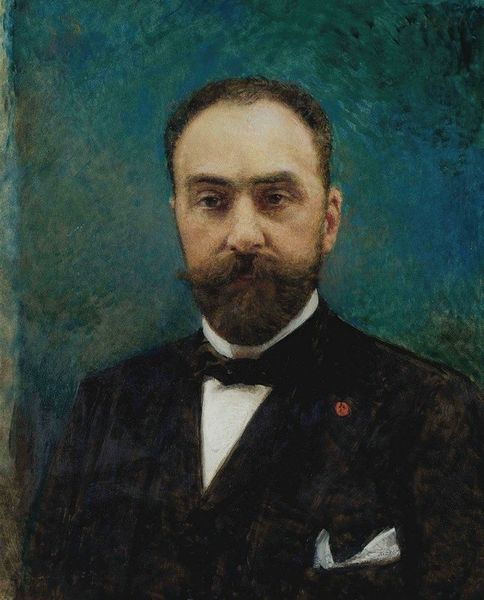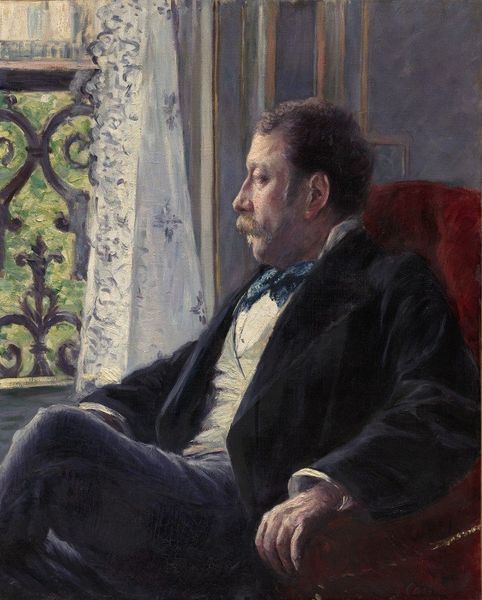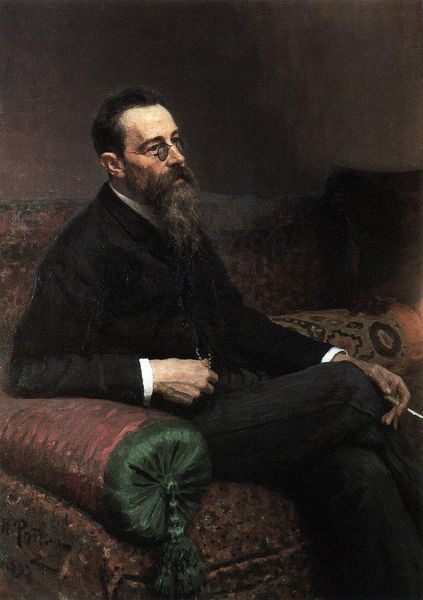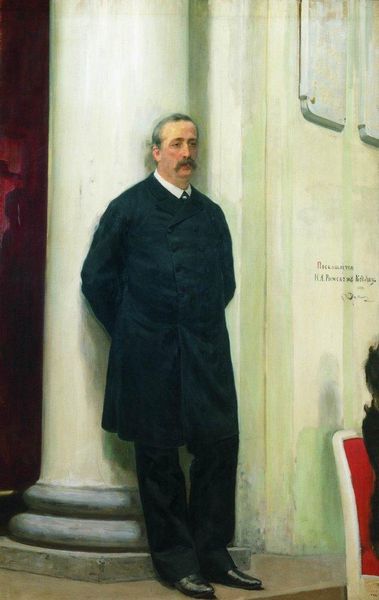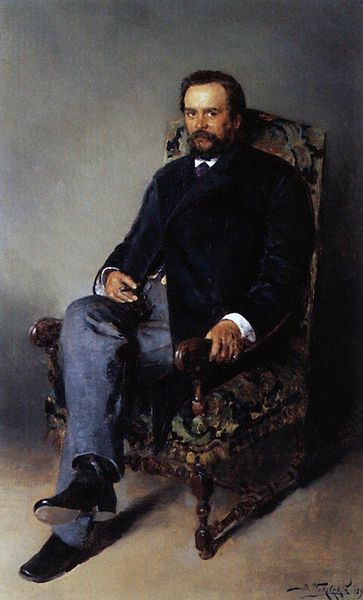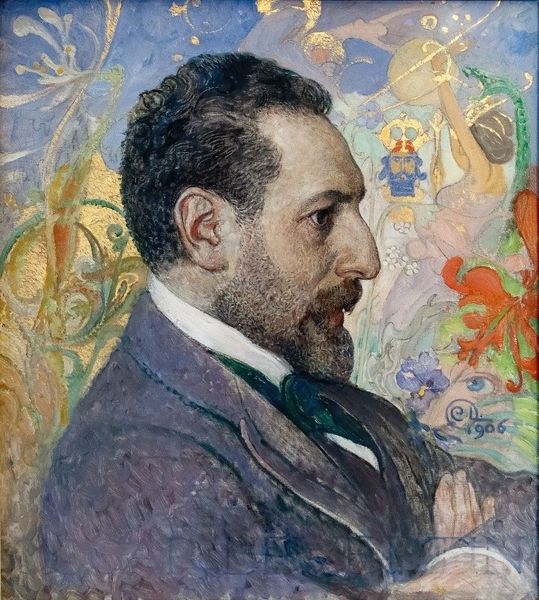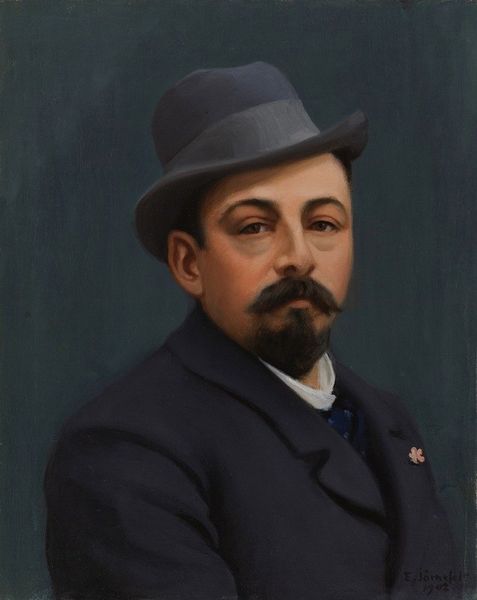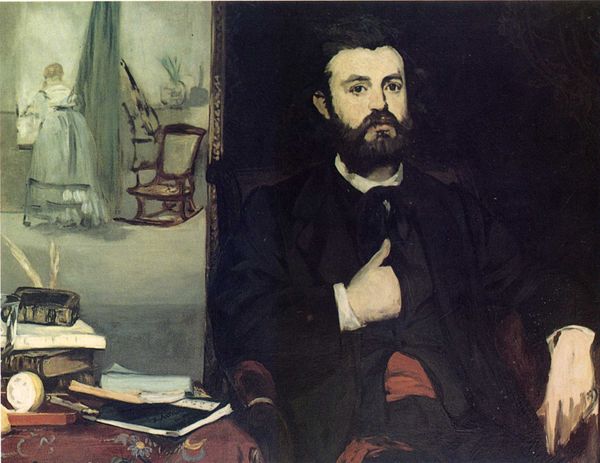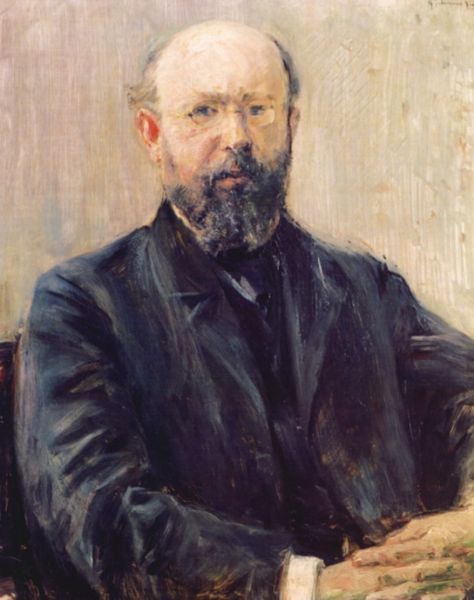
oil-paint
#
portrait
#
impressionism
#
oil-paint
#
genre-painting
Dimensions: 100 x 81 cm
Copyright: Public domain
Editor: So, here we have Caillebotte's "Portrait of Jules Richemont" from 1879, rendered in oil. The sitter has such a dignified, almost melancholy air. What strikes you most when you look at this piece? Curator: Well, I think it is useful to understand these commissioned portraits of the bourgeoisie as exercises in visibility, and frankly power. These weren't just paintings; they were strategic image-making in a rapidly changing society. Caillebotte isn't just painting a man; he is constructing a very specific kind of public identity. Consider his posture: What does that communicate to you? Editor: Relaxation, perhaps, or confidence? But I do wonder, who was Jules Richemont exactly? Was he influential, part of Caillebotte's social circle? Curator: Exactly. We're not sure about the exact nature of their relationship, but examining Richemont’s social standing – did he participate in public life, in politics, industry – might reveal further insights into why Caillebotte chose to portray him and how this image served the subject in that cultural moment. It could very well speak volumes about status and influence during the Impressionist era. The composition subtly broadcasts a level of established affluence. Editor: That makes so much sense. So you're saying to consider the artwork as a cultural artifact, that sheds light on social dynamics, far beyond the subject's likeness. Curator: Precisely! Art, after all, is never created in a vacuum. Think about the Salon system at that time and how that influenced artist careers. Editor: It's a portrait, yes, but really it’s a statement of societal standing, and how the artist, in their unique approach, engages in such. I hadn't considered that before. Thank you. Curator: My pleasure! It’s all about unveiling those layers.
Comments
No comments
Be the first to comment and join the conversation on the ultimate creative platform.
